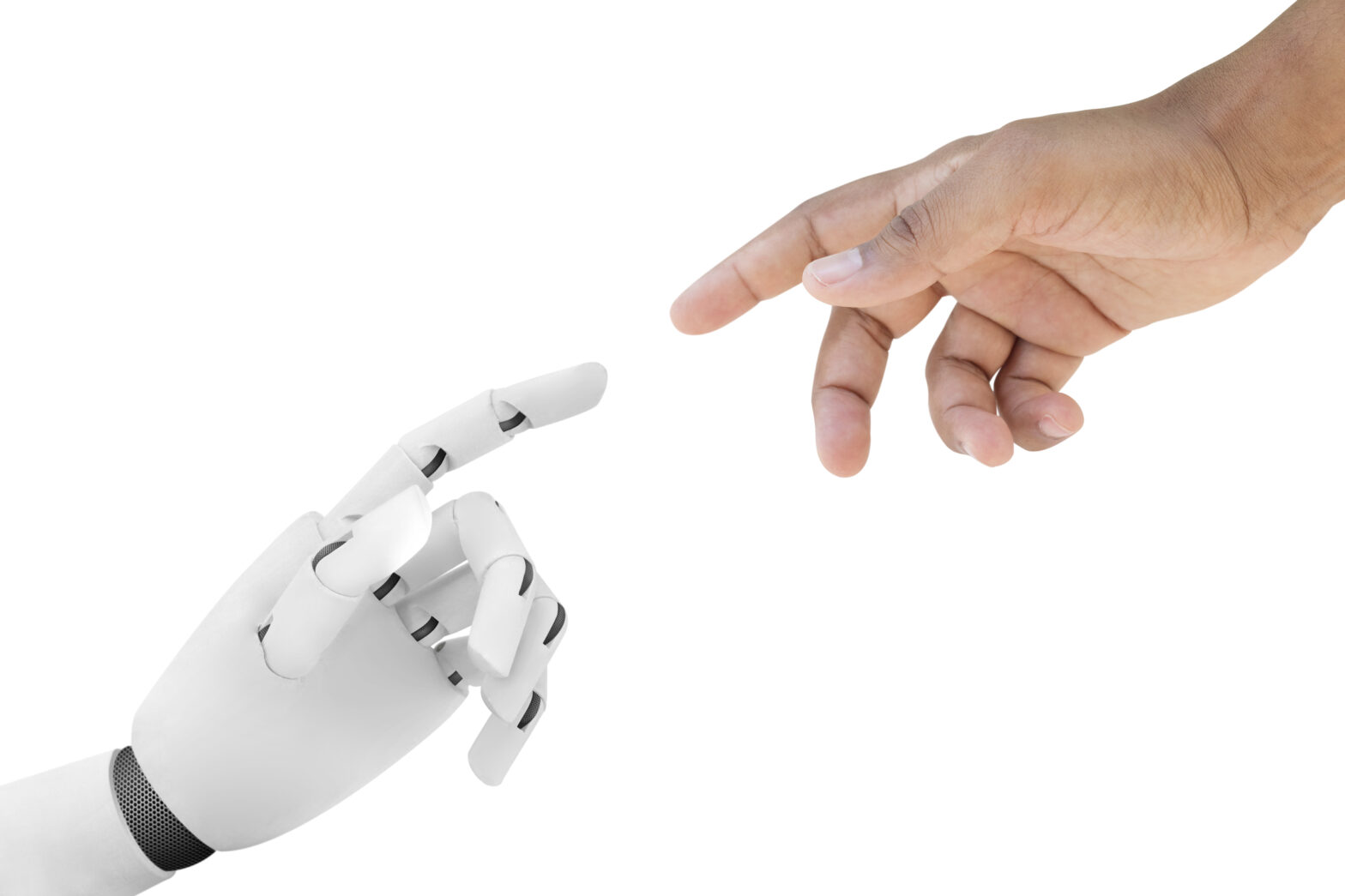As consumers, we’re all aware of the huge upheaval in the way services are delivered to us – sometimes dubbed the ‘Uber effect’. But in our lives as employees, working for an enterprise can feel a long way removed from the slick, on-demand, automatic systems that we use in our personal lives, whether it’s online shopping, ordering a taxi or a pizza in two clicks, or checking our bank balance on our mobile phones. And now many of us are also familiar with smart personal assistants, such as Alexa and Siri, which can help us organise our lives and minimise mundane tasks.
Against this backdrop, why does the experience of internal services need to feel so antediluvian within many organisations? Why does coming into work feel like re-entering the information dark ages? Internal support needs to generally fall into one of three categories: wanting something fixed, wanting another kind of help, or wanting something new. A staff member is justified in asking “If I can do this online via self-service in my personal life, why can’t I do this at work?”
In many instances, employees will have to contact disparate departments for company services, using different means of communication. Email is still clinging on as the primary tool of communication between internal service providers and customers (both internal and external), followed closely by costly and often-frustrating telephone support lines. Not only is this annoying for employees, it is also a drain on productivity. Even something as simple as booking time off for a holiday can turn into a major task.
The rise of the chatbot
The growth of smart personal assistants such as Alexa and Siri shows us that there’s clearly a big appetite for technology driven by artificial intelligence (AI) – people are happy to use a machine to provide information and manage tasks, and there’s no reason why this same AI technology can’t have a similar place in our offices as it already does in our homes. Business leaders believe that AI is going to be fundamental in the future, with 72% terming it a “business advantage” (Source: PwC) and 45% of the fastest-growing companies in the world are due to “employ” more smart machines and virtual assistants than people by 2018, highlighting that the business opportunity is huge (Source: Gartner).
>See also: A guide to artificial intelligence in enterprise: Is it right for your business?
In the first instance, the use of AI-based assistants at work might not be through voice-based technology as some people may be reticent to speak out in an office environment, and it could be disruptive to the work environment to have five ‘Alexas’ talking at once! However, intelligent text-based services – or ‘chatbots’ – are already taking off, providing the autonomy to employees to solve their own problems, rather than having to rely on other people or departments. This includes handling HR enquiries such as holiday requests or helping to solve IT issues. This helps to take the pressure off service desks and other departments whilst ensuring that employees have access to services 24/7.
Working with cloud-based service management
Chatbot technology of this kind is typically integrated into existing cloud-based service management applications. Service management tools create common processes to evaluate, process and track demands, based on structured workflow approaches. IT departments have led the way in developing this technology, through automated service management, which might provide things like the ability to order a new piece of equipment in a self-service portal or log a support request and get notifications about its progress. However, other departments are now starting to catch up in the automation of internal service provisions as the same principles apply, whether it’s the responsibility of HR, Facilities, Marketing, or Finance.
>See also: The rise of artificial intelligence in business and society
The introduction of AI in the form of chatbots adds a new layer of user-friendliness and liberates service desk staff to handle more complex issues as the chatbots take care of the day-to-day tasks. This should result in reduced resolution times for end-users, coupled with reduced costs to the business. A well-designed chatbot should offer the end user a new kind of support channel that is consistent in its response and that can be available 24/7, and that is also capable of handling large volumes of interactions simultaneously. In short, employees should begin to experience the same levels of support at work that are increasingly the norm at home.
By Mark Flexman, DXC Fruition Practice Lead, DXC Technology







